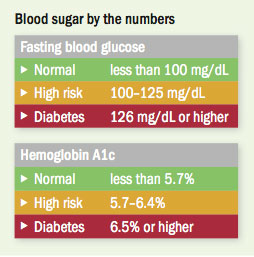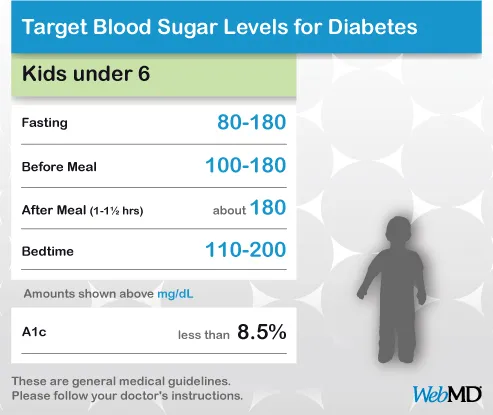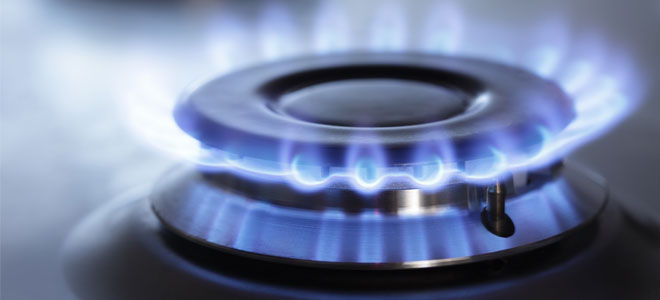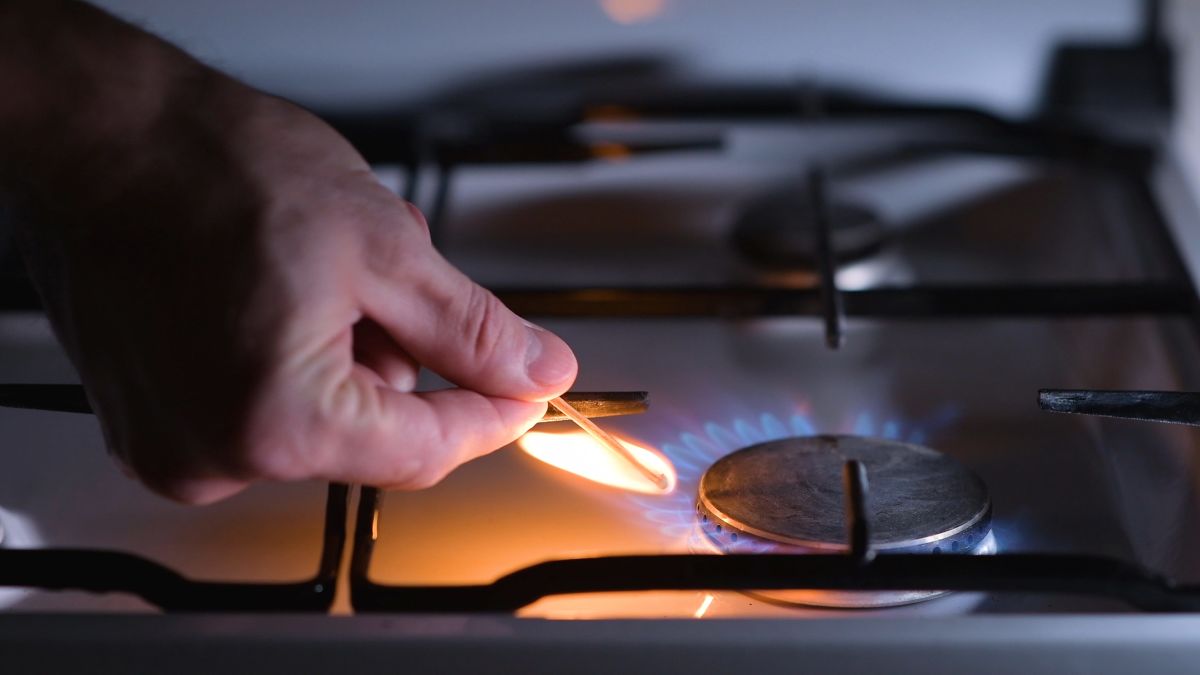Target glucose ranges vary from person to person but in general its ideal for blood sugar levels to be between 126 mgdL and 180 mgdL before starting exercise. It should be calculated 2 hours after you eat a meal.
 Rising Blood Sugar How To Turn It Around Harvard Health
Rising Blood Sugar How To Turn It Around Harvard Health
People with diabetes who have well-controlled glucose levels with medications have a different target glucose range.

Diabetic sugar range. What is a good blood sugar level for type 2 diabetes. Normally your pancreas releases insulin when your blood sugar or blood glucose gets high -- after a meal for example. These people may have a fasting range of about 100 mgdL or less and 180 mgdL about 2 hours after eating.
Managing Diabetes Your A1C result can also be reported as estimated average glucose eAG the same numbers mgdL youre used to seeing on your blood sugar meter. Fasting glucose 70-99 mgdl or 4-6 mmoll Note. Normal and diabetic blood sugar ranges For the majority of healthy individuals normal blood sugar levels are as follows.
For diabetics normal blood sugar levels are considered between 80 to 130 mgdL after fasting and less than 180 mgdL one to two hours after eating. 5-10 mmoll after meals 90-180 mgdl or if A1c goals are not being met it should be reduced to 5-8 mmoll 90-144 mgdl. There is some debate about the normal range in mmoll ranging from 55 to 6 mmoll 2 hours post meal glucose Less than 140 mgdl or less than 78 mmoll Random glucose Less than 140 mgdl or less than.
A foremost goal is always to avoid low blood sugar or hypoglycemic episodes. To check for pre-diabetes and see how a person reacts to a glucose load an oral glucose tolerance test OGTT may be given to check blood sugar levels 2 hours after being given 75 grams of glucose to drink. This is a caution zone your blood sugar may be too high to exercise safely.
For most people this is a safe pre-exercise blood sugar range. 80130 mgdl 4472 mmolL Normal blood sugar 2 hours after meals Normal for person without diabetes. Signs of low blood sugar are different for everyone.
The following general guidelines are for normal blood sugar ranges in non-diabetics are from the American Diabetes Association. Within the 57 to 64 prediabetes range the higher your A1C the greater your risk is for developing type 2 diabetes. Blood sugar below 70 mgdL is considered low.
7099 mgdl 3955 mmolL Official ADA recommendation for someone with diabetes. If it ranges between 70 to 99 mgdL then it means your blood sugar level is in a safe range. People with diabetes will often have higher blood sugar targets or acceptable ranges than those without the condition.
These targets vary according to a. Low blood sugar also called hypoglycemia has many causes including missing a meal taking too much insulin taking other diabetes medicines exercising more than normal and drinking alcohol. However if it is above 126 mgdL then it means you have diabetes.
Its important to know what a normal blood sugar is if you have diabetes or if you may be at risk. Someone who does not have diabetes is unlikely to be checking their blood sugars. If you test your blood glucose and its lower than 126 mgdL here are the steps to take depending on the exact reading you get.
Fasting normal blood sugar Normal for person without diabetes. Between 40 to 54 mmolL 72 to 99 mgdL when fasting Up to 78 mmolL 140 mgdL 2 hours after eating. Like Diabetes UK they suggest blood glucose goals for people with type 2 diabetes are 4-7 mmoll before meals 72-126 mgdl.
A blood sugar between 140 and 199 mgdl is considered to be prediabetes and a blood sugar of 200 mgdl or higher can indicate diabetes. The target blood sugar range for a nonpregnant adult with diabetes is often written as less than 180 mgdl For clarity the target range is written here as 80-180 as less than 80 mgdl would be trending to low blood sugar or hypoglycemia. After-meal blood sugar for someone without diabetes A normal blood sugar is lower than 140 mgdl.
WebMD - Better information. Before exercising test your urine for ketones substances made when your body breaks down fat for energy. That signals your body to absorb glucose until levels get back to.
250 mgdL 139 mmolL or higher.


